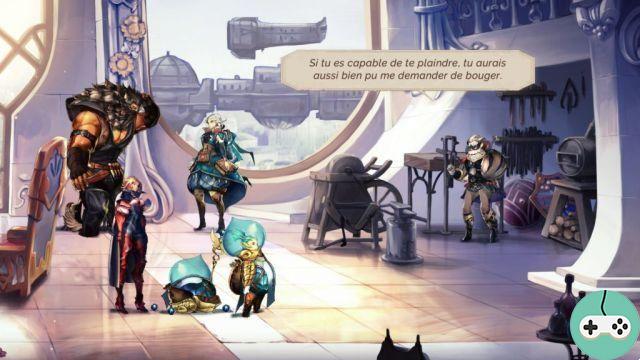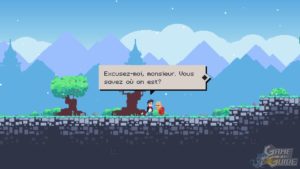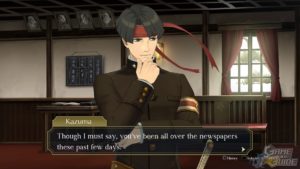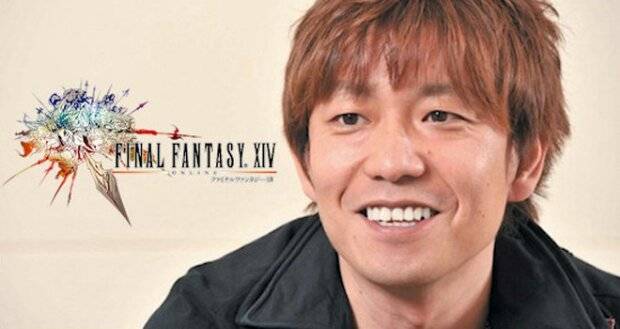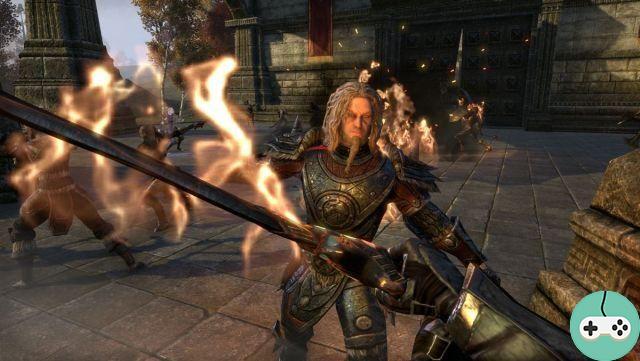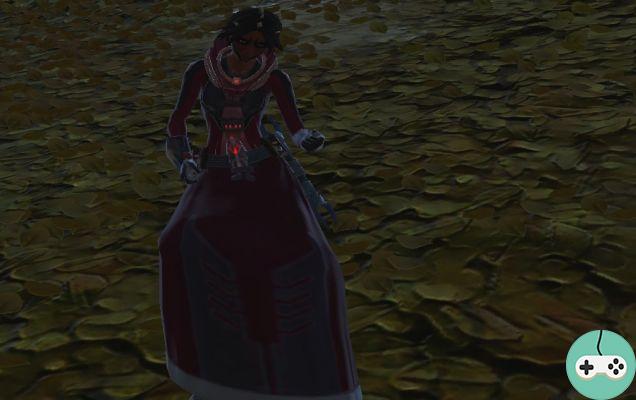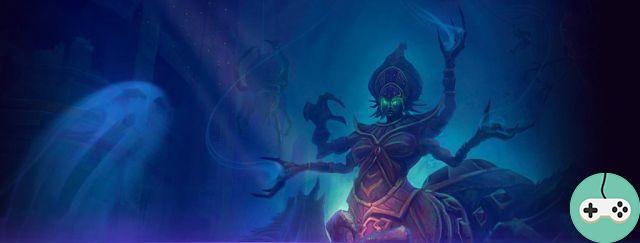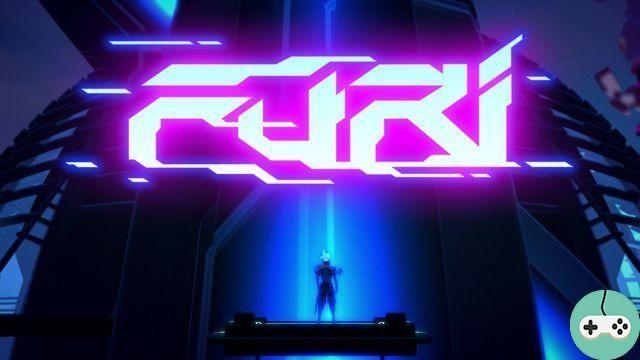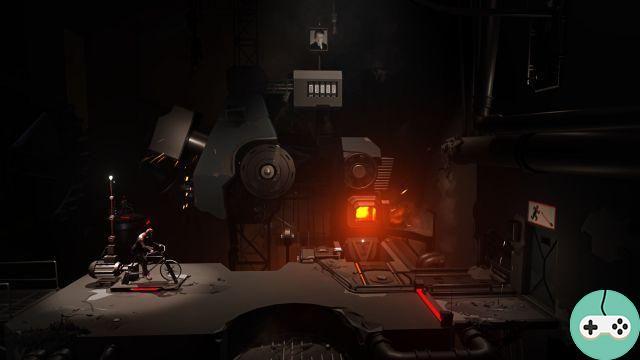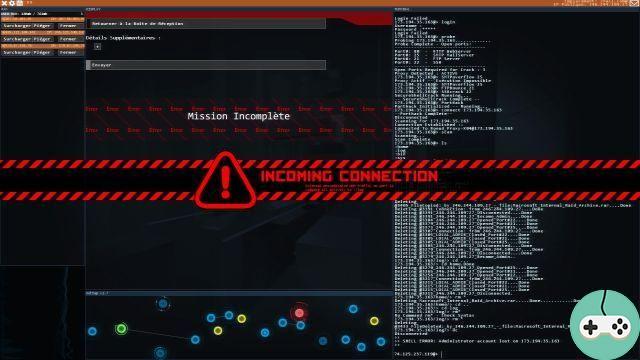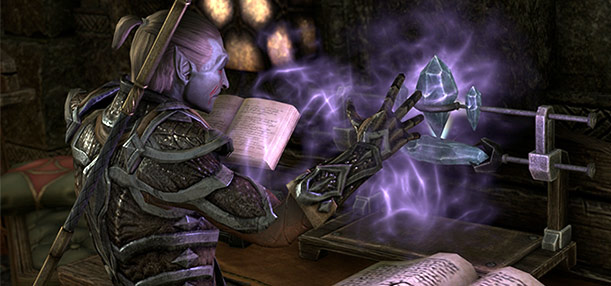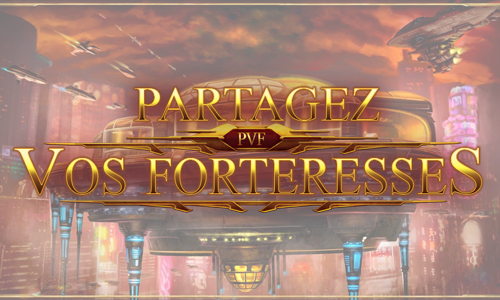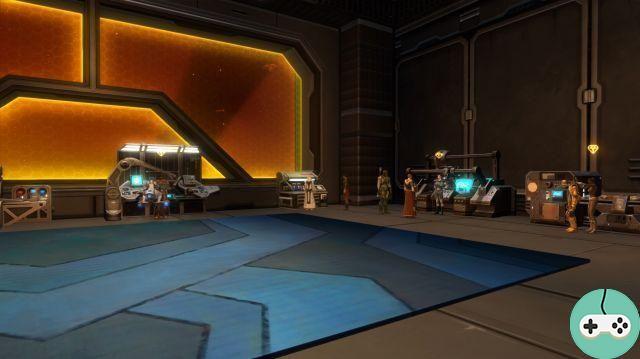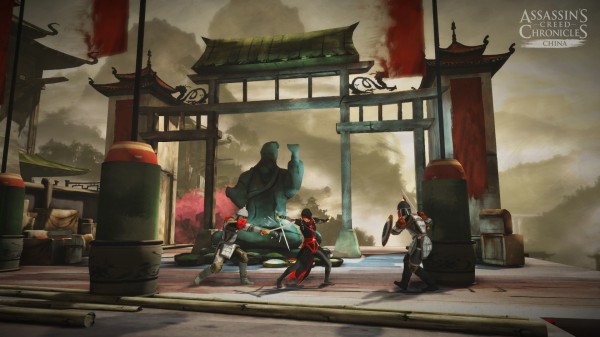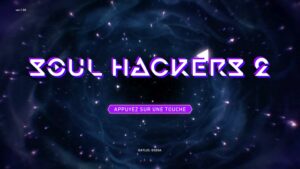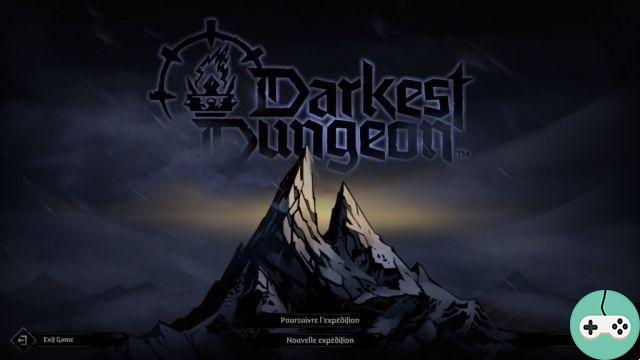
Available as a temporary exclusive on the Epic Games Store, Darkest Dungeon II's early access unveils a sequel worthy of its predecessor while succeeding in the risky bet of distinguishing itself from it.
At the beginning of 2016, the very small team of Red Hook Studios launched Darkest Dungeon and took everyone by surprise by offering a turn-based rogue-like RPG as punishing as it was eye-catching. The studio will emerge from the experience with a solid community of fans, the assurance of having done quality work, and of course, a reinforced development team to work on several DLCs... and the next title.
Darkest Dungeon first name being a resounding success, it was not unthinkable that Red Hook Studios is content to offer a more qualitative version (graphically, for example) based entirely on proven concepts. Many people would have been happy with it. However, it is clear after a few dozen hours spent on this early access that the Canadian developers wanted to offer a game which, if it is indeed based on a well-established recipe, is not afraid to break with the past. to offer a very different adventure. Let's find out together if the bet is a winner by talking about three points: the presentation (audio and video), the story, and the gameplay in the broad sense.
Presentation: a deliciously sinister prolixity
In Darkest Dungeon, the voice and vocabulary of the narrator as well as the universe presented are undeniably two of the biggest reasons for its popularity. The simple but effective graphics and the dark and disturbing color palette are still there, but are accentuated by a remarkable work giving a lot of dynamism to the whole. The animations are generally extremely successful and give a nice dose of liveliness to the painting. The atmosphere is still as gloomy and gothic as ever. We like it or we don't like it, but there's no in-between here: Red Hook went straight for it and stays true to a style adored by its community.
As for the audio presentation, the brilliant performances of Wayne June once again bring the gravitas of circumstance to the pompously wordy replicas punctuating the adventure. A slight regret: the narrator seems to taunt you less by putting salt on the wounds!
Finally, special mention for the French translation which is absolutely excellent! Cheer !

History: The Five Stages of Grieving
The framework of the scenario is not left out either and remains true to itself: your adventure advances on the line of despair and seems completely futile. Your five heroes are walking corpses in a stagecoach going straight to hell, and that crushing feeling is reinforced by a dying world and ever-punishing combat.
Thus, you start the game in darkness and must sign your confession. By accepting your denial, you find yourself at the head of your due diligence. This is home to the flame of hope that you must bring to the distant Mountain, source of evil gnawing the world, to hopefully end what seems to be the apocalypse. Your objective will therefore be to cross perilous moors and make stops at the inns connecting them. At the moment, there are 4 regions: the Jungle, the Decay, the Maze and the Canal, the latter zone being still very young in development. Let's add the few paintings from the tutorial in the valley and the last stage of the mountain.

So your goal is to confront your denial by going to the mountain. If all your heroes die on the way or you complete your mission, you will start over from where you started. Note that we cannot know how the rest of the game will unfold at this stage, but we bet that the other stages will then be unlocked and that the ultimate goal will be to reach the fifth, namely acceptance. For now, the team you used to achieve victory and all your items are lost. If this is because only the Denial Expedition is available in Early Access, there's no telling. In a very personal way, I sincerely hope to be able to keep the team and my objects for the other stages. Indeed, the RPG aspect of the title suffers for the moment and this is the only real negative note. Hopefully we can keep our heroes a bit longer if we win...

Gameplay - The basics remain but evolve
A few meters further, you will discover the hero recruitment screen. At the moment, you can only recruit four, but you will unlock more later. Each hero has their own skills and the secret of success is to be able to take advantage of each person's specialties in order to ensure complementarity in your team.
For example, the Plague Doctor will be in the background and focus on healing and support while the Man-at-Arms will be your tank and frontline protector.

What made the particularity of the fights of the title is indeed present: the stress of your heroes! Thus, not only will you have to make sure to maintain your characters' HP, but also to limit their stress as much as possible, otherwise they will completely lose their means and incur the wrath of their teammates.
This brings us to what is arguably the biggest change in managing your heroes: their affective relationships. They are absolutely crucial here and will determine, more than many other factors, the success of your adventure during the fights. Thus, two heroes who cannot feel each other will not miss the opportunity to put each other down at the slightest opportunity. Beyond the insults, this will bring its share of weakenings in already very complicated basic situations. Thus, when one of your characters is about to die, a member of the team who hates him can make fun of him and make him even more vulnerable to future attacks, or even refuse to heal him altogether if you ask him. intimate the order.
In the same vein, the love or admiration that can arise between two heroes will bring a lot of advantages: sporadic healing, assistance when attacking together, stress reduction… the advantages are enormous… the disadvantages too.
Needless to say, it will be essential to ensure that your heroes get along well. For example by having them play darts together during your breaks at the hostels. That said, the majority of the many interactions will take place organically during combat. Thus, treating an injured hero will, for example, have the effect of strengthening the bonds between the two men. The biggest danger will, of course, be stress. The more his stress bar is full (on a scale of 0 to 10), the more the hero will tend to be unpleasant. And if by misfortune you reach the maximum, the ensuing cable bust will have a devastating effect on relationships with others, destroying the advantages and reinforcing the aforementioned disadvantages.


Last point to note in the practical changes of your heroes: the acquisition and improvement of their skills.
This time, you'll unlock new skills by visiting roadside shrines. These will allow you to explore the past (and the trauma…) of one of your heroes with a very nice quick little story. To improve skills you will have to spend skill points which you will get by fighting on the road.

For your expeditions, rather than advancing horizontally from room to room through treacherous corridors, here you control the stagecoach and lead it on a linear route with the ability to choose which direction to go at certain crossroads. The concept remains the same, but the atmosphere is completely changed and is much less claustrophobic while remaining just as sinister. The roads are punctuated with crossroads where you must choose a destination, often unknown. Half a dozen points of interest share the roads between fights, encounters with survivors and other loot acquisitions...
Last point to address: the difficulty. Relatively similar to the first game, Darkest Dungeon II has an extremely punishing learning curve. The start of the game can be very difficult, especially if you have bad luck. The difficulty diminishes little by little and, with good management of the relationships between heroes, we become downright comfortable at the end of the expedition.
As noted in the story section, it's unfortunate that you can't really benefit from the efforts put in on your team over the long term as progress is lost at the end of the expedition. Note, however, that we now have a profile level (think, for example, your account level in many games) that will increase with your progress on each expedition. The further you go, the more points you earn and therefore unlock rewards (including new heroes).
A very promising early access
Darkest Dungeon II arguably has none of the makings of a future hit. Available only on the Epic Games Store for its early access, it will also be offered on Steam when it is released. The launch date is not yet communicated, we can only speculate. Darkest Dungeon for its part was released about 12 months after its early access induction, so the road ahead remains significant. However, this first version is very solid both in the always impeccable presentation and in the execution of a gameplay that has already proven itself. Some will appreciate the less RPG aspect with less management of the heroes' equipment and their skills (due to the resetting of their talents), others like me will lament and hope to see a return of this aspect.
Is Darkest Dungeon II Early Access Worth $23,99? Yes, undeniably. Red Hook has already released updates and will continue to do so. Just note that so far only the first shipment is available. Veterans will quickly find their marks and will be able to successfully complete the expedition in 2 or 3 attempts, while novices may need about ten hours before fully integrating the gameplay. For the rest, the various heroes unlocked, not to mention the random confrontations on the road, still provide a lot of replayability.
Last thing: remember that overconfidence is a slow and insidious killer 😁




